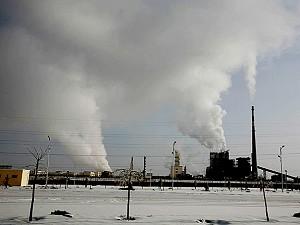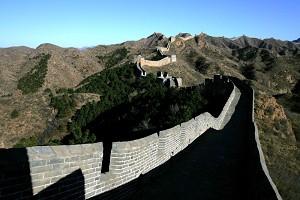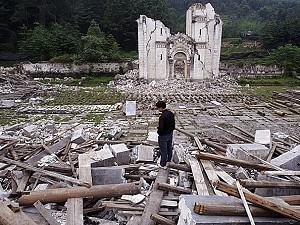Due to the recent shortage in China’s coal supply, eastern China’s Shangdong Province issued an administrative order to “decrease the price by increasing the coal supply.” This brought criticism from the coal burning electrical power industry, which said this is going back to the planned economy model that supports energy waste by high consumption industries, thus causing a further escalation in coal prices. Hong Kong’s Wenwei newspaper reported that several mainland regions ran out of coal, including provinces such as Hebei, Anhui, Hunan and Hainan, which have less than a seven-day coal supply. Nationwide, a total of 35 generators have stopped operation. As the summer high electricity consumption season approaches, a power shortage problem in east, central, and southern China will become prominent.
Eighty Percent of Electricity Generated by Coal
The report quoted, “experts indicate: thermal power accounts for 80 per cent of the power supply in China. The coal supply has become a major issue in the current economic and social development.”
The Chinese State Council General Office recently requested that all regions and departments maintain their coal supply as the primary task to ensure normal power supplies during the summer, the Beijing Olympic Games, and during the reconstruction after the earthquake disaster.
The administrative order issued by the Shandong provincial government requested all suppliers within the province to increase coal supplies and decrease its price by 10 yuan (approximately US$ 1.4) per ton in June, and importing more coal from other provinces.
According to a source from the mainland coal power industry, Shandong’s policy is anticipated to lead to an adverse chain reaction. Because the shortage is nationwide this year, once Shangdong’s policy is adopted by other provinces, including restricting the export of coal and increasing the import of coal, the market price of coal will increase.
The source also commented, “The administrative price cap means going back to the planned economy model. It will promote energy waste from high energy consumption industries.”
Coal Prices Up 50 Percent From Last Year
Since May, coal prices have increased. For instance, the coal price in Datong, Shanxi Province was 25.7 percent higher than at the beginning of this year. On May 20, every ton of coal generating 6,000 kilocalories of heat cost 460 yuan (approximately US$ 65), which is twice as much as the same period last year.




